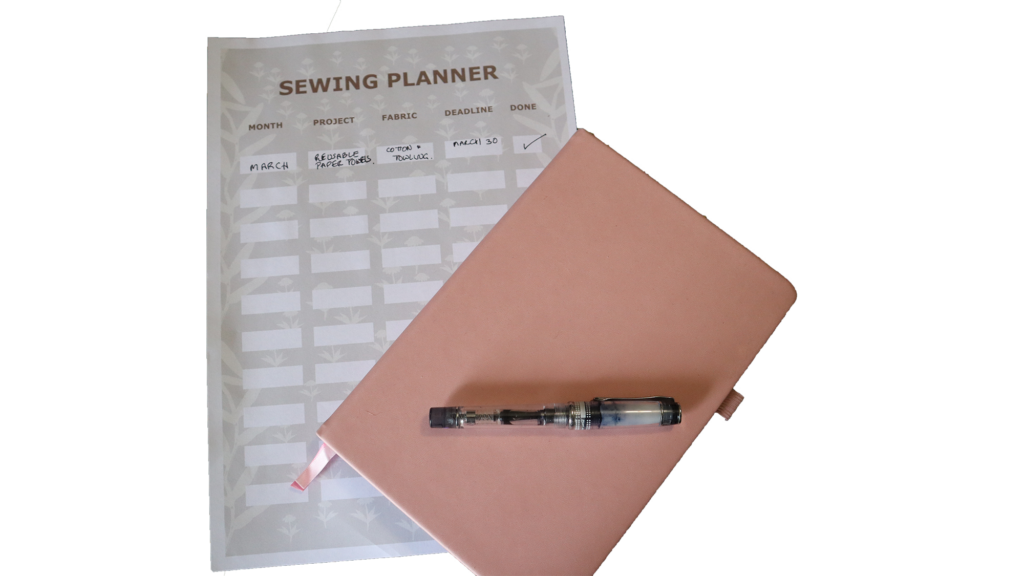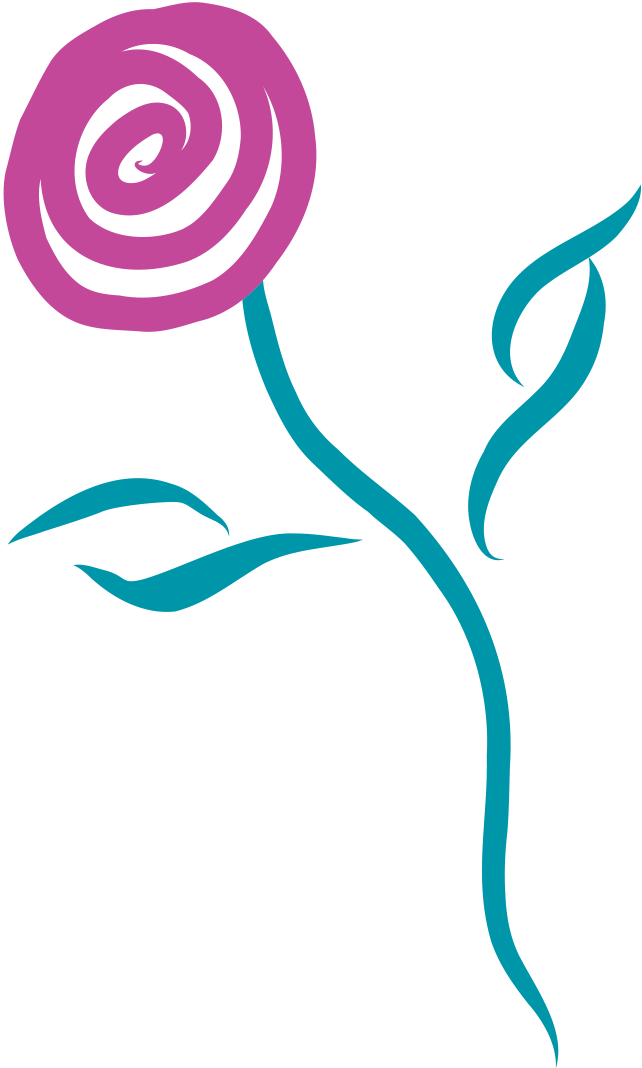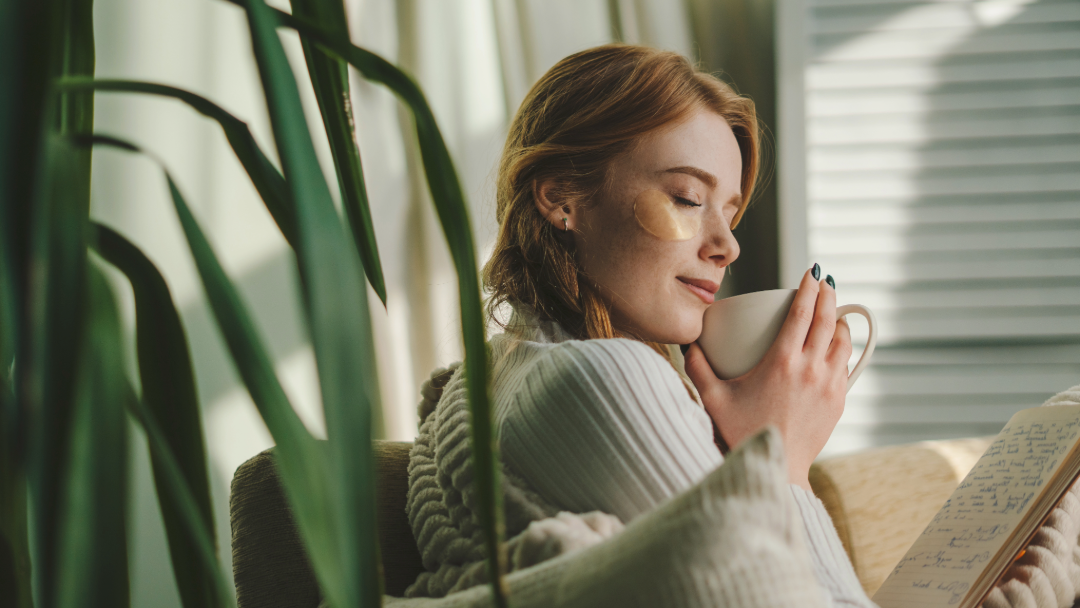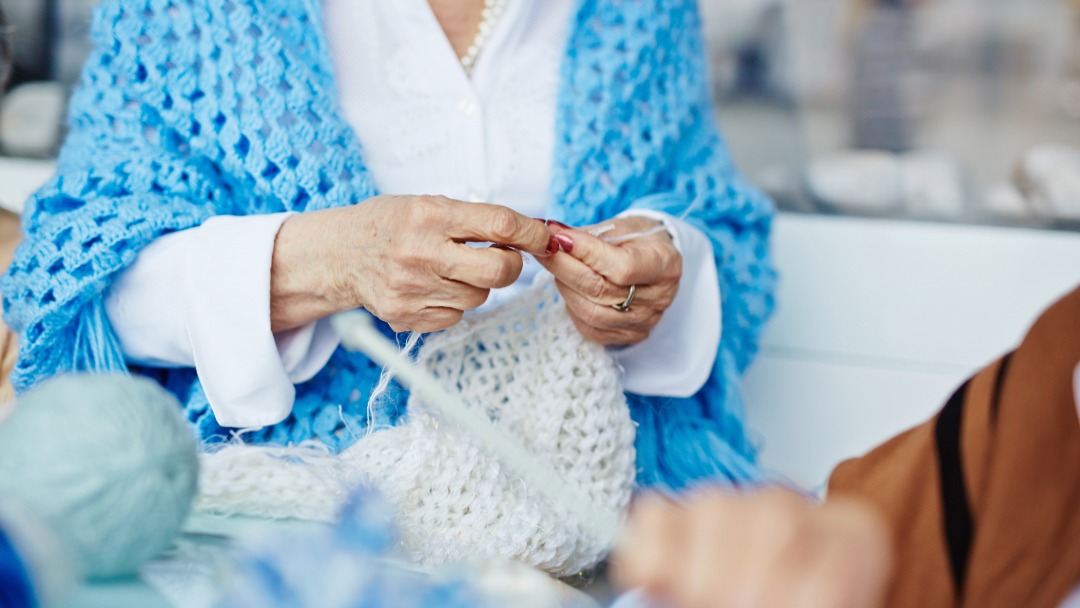Reusable paper towels may sound like an oxymoron, but they are an innovative and eco-friendly solution to the wastefulness of traditional paper towels. These towels are versatile, customisable, and, most importantly, toxin-free. In this article, we will take you through the step-by-step process of making your own reusable paper towels and why it’s a great idea to switch from single-use paper towels.
Why consider making reusable paper towels?
First, they are environmentally friendly. Every year, billions of paper towels are used and thrown away, having a negative effect on the environment. By using reusable paper towels, you can reduce your ecological impact and help conserve our earth.
Second, they are cheaper, especially when we are using material that is already available. I use these swatches with my patterns on them from Spoonflower, but if you don’t create patterns, these are great scrap-busting projects. You can just use some cotton for the front, and towelling or an old handtowel or towelling you no longer need for the back as long as it is absorbent.
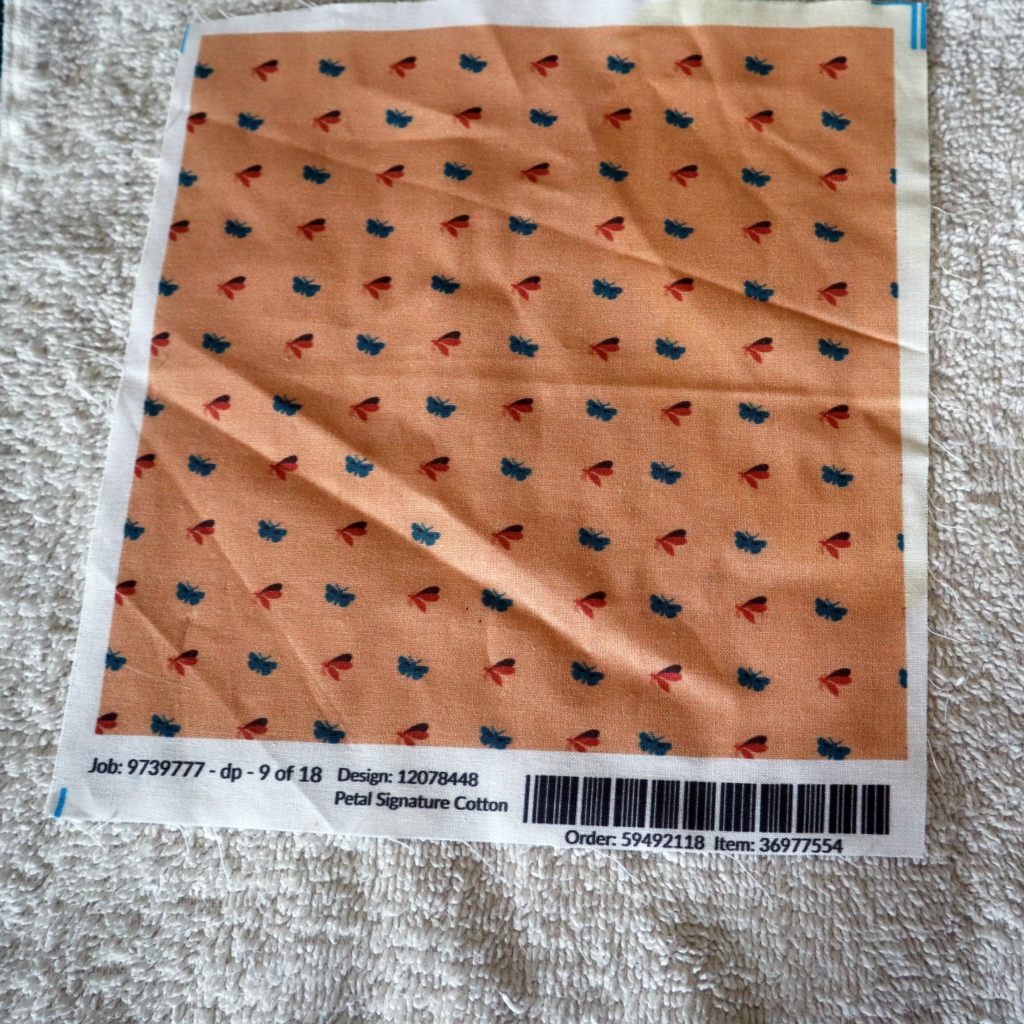

Third, they are multi-functional. Reusable paper towels can be used for a variety of cleaning tasks, such as wiping counters, cleaning spills, and dusting. I find they are much more absorbent than paper towels when wiping spills or cleaning surfaces.
Fourth, they are customisable. By making your own reusable paper towels, you can choose the fabric and design that best suits your needs and style. So, why not create your paper towels to match your kitchen décor?
Finally, and probably most importantly they are toxin free. Did you know Paper towels, especially those bleached or treated with chemicals, can contain toxins that may be harmful to our health and our environment? For example, some paper towels contain dioxins, which are highly toxic chemicals that can cause cancer and other health problems. Also, paper towels that are treated with chlorine or other chemicals can release harmful substances like formaldehyde into the air when we use them. These toxins can contribute to air pollution in our homes, and may make respiratory problems worse. So affecting those with asthma, allergies or lung issues. By making and using reusable paper towels, you can avoid exposure to these harmful toxins and reduce your impact on the environment. Let’s do this.
Step-by-Step Guide to Making Reusable Paper Towels
Step 1: Gather Your Materials
The first thing you’ll need to do is get your materials together. You’ll need some fabric of your choice, however, you will need something absorbent like cotton or linen. I also use some towelling on the back. You’ll also need a pair of scissors, a ruler, a sewing machine or needle and thread. Also a sewing planner is helpful to keep track of projects, I have made one for you to download at the end of this blog.
Step 2: Cut Your Fabric
Now that you have all of your materials, it’s time to start cutting your fabric pieces. You will need one piece of cotton and one piece of towelling, both cut to the same size. My pattern swatch is already cut to a square, but you can use whatever measurements work best for you. For my towel, I’m using pieces that are approximately 8 inches by 8 inches, but a common size is around 12 inches by 10 inches. To get started, I’m going to use my pattern swatch as a guide and cut off the white edges around the fabric. Then, I’ll cut out a piece of towelling that’s the same size as my cotton fabric. This will ensure that both pieces are the same size and will fit together nicely when it’s time to sew them.


Step 3: Sew the Edges
After you’ve cut your fabric, it’s time to sew the two pieces of fabric together. Place both right sides together, and start on a side not a corner otherwise it will be more difficult to turn through. Leave a gap to turn back through, about 2 inches, and pin a different way so you don’t sew it by accident. Then pin the rest as normal. When you get to the corner, simply stop with your needle down in the fabric, lift the pressure foot and turn the fabric. Place the pressure foot down, and continue sewing. After sewing, trim the corners and pull the towel through the open seam to be the right way out.

Step 4: Topstitch and Finish
Once the towel is right side out, press it and then topstitch close to the edge, ensuring all layers are secured. Now your reusable paper towel is ready for use.
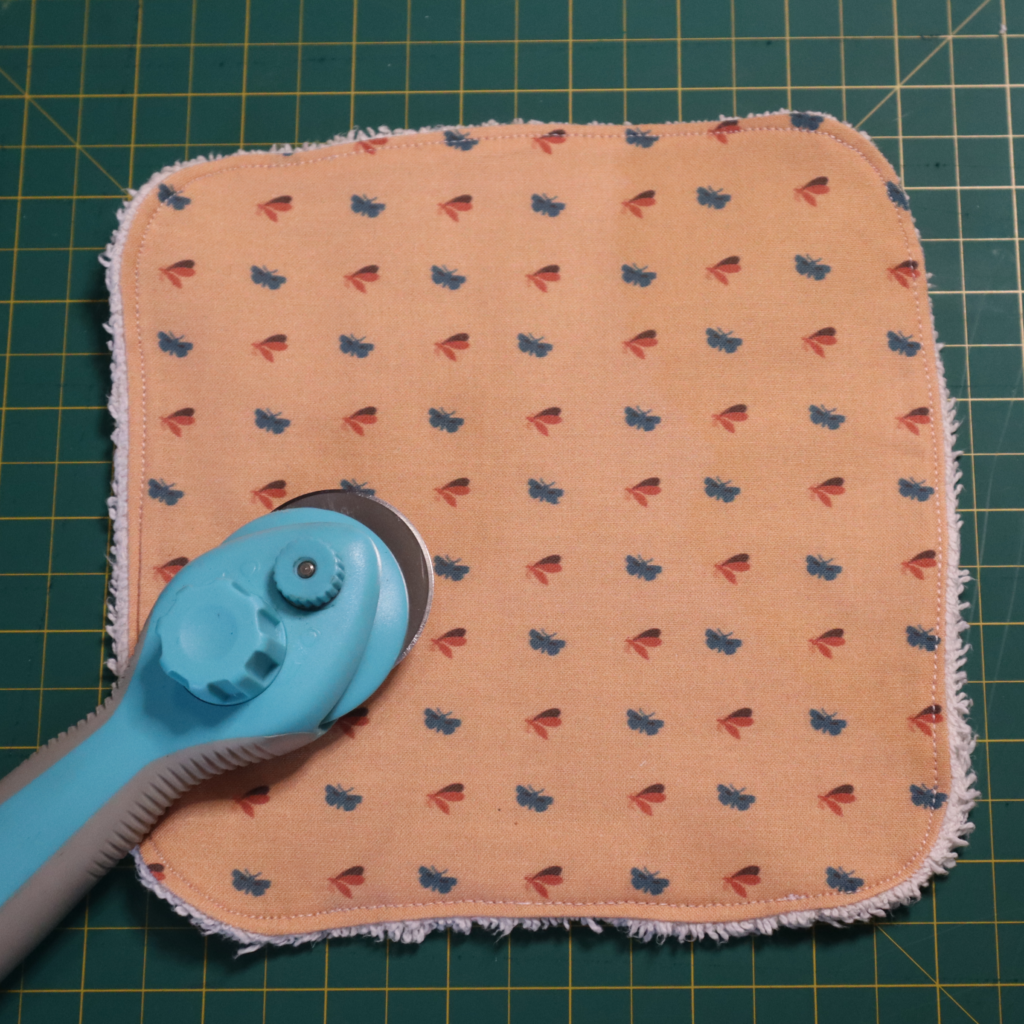

Step 5: Use and Wash
Your reusable paper towel is now ready to use! Use it for all cleaning tasks but instead of throwing them away, you can toss them in the washing machine with your regular laundry.
Conclusion
In conclusion, reusable paper towels are a sustainable and cost-effective alternative to single-use paper towels. They are customizable, multi-functional, and toxin-free, making them a safer and healthier option for you and the environment. So why not make the switch and start using reusable paper towels in your home today?
Thank you for taking the time to read this article. If you’re interested in more eco-friendly sewing projects, be sure to check out my social pages and download my free sewing planner to keep track of your progress. Also don’t forget, the patterns on these reusable paper towels are available on my Spoonflower shop
